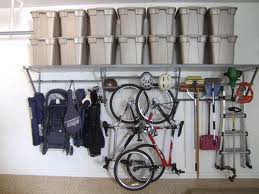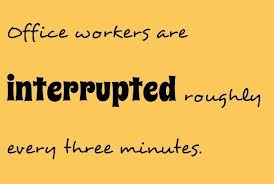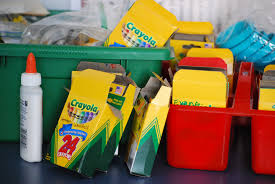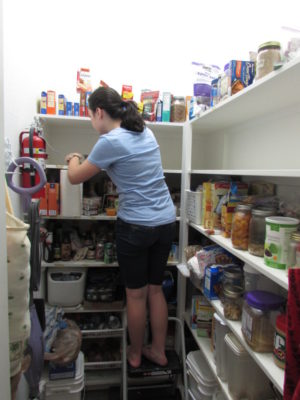
1 Advertise well.
This is one time when advertising in your local paper pays off. Broadcast your event on FB too. You can create an event and invite friends.
Garage Sale Wisdom
Label prices clearly.
To avoid having to tag everything, have a$1 box, a $5 table, a $10 table, etc. Larger items need to be tagged. Also, don’t forget to comb the house for items to sell, especially the kitchen and kids’ rooms.
Buddy up.
Find a friend or two who have stuff to sell. Big items like furniture tend to draw “drive-by” buyers. Put large items out in the driveway or on the lawn to draw in customers.
Be flexible: If someone offers less than you were hoping for an item, be willing to entertain that offer. Make a counter offer that’s higher, and you will find most people will meet you in the middle.
What’s sure to sell:
“Dishes, cookware, kitchen gadgets are at the top of buyers’ lists.
Other popular items: toys and kids’ gear (strollers, playpens), artwork and frames, tools, lamps, and furniture (don’t rule out pieces with a few nicks or chips).
Save items like these to sell online:
Anything high-end with a searchable name (like Venetian Glass). Use Ebay for trinkets that are easy to ship like jewelry, gold coins, comics. Use Craigslist or FB marketplace for heavy or large items so buyers will be responsible for pickup.
In order to go this route, be patient. I just ended up selling most of the tools from a client’s yard sale that happened 6 months ago. We got a good price, but they took up space in my garage for most of that time.
Be Realistic: If you know you’ll never get around to selling online, you’re better off purging stuff at the yard sale, though you probably won’t make as much as you would through a resale site.
Resources:










 I find the earlier I start preparing for the holidays, the more I enjoy the season. Since I’m a Christian, I’ll concentrate on the Christmas holiday. Whatever your religious faith, December is a busy time of year and most people around you vibrate with stress.
I find the earlier I start preparing for the holidays, the more I enjoy the season. Since I’m a Christian, I’ll concentrate on the Christmas holiday. Whatever your religious faith, December is a busy time of year and most people around you vibrate with stress.


 you believe it is almost September? It’s almost that time again, for kids, teens and college students to go back to school. If the thought of shopping for school supplies and clothing fills you with dread, I’ve got some pointers to save time and energy.
you believe it is almost September? It’s almost that time again, for kids, teens and college students to go back to school. If the thought of shopping for school supplies and clothing fills you with dread, I’ve got some pointers to save time and energy.











